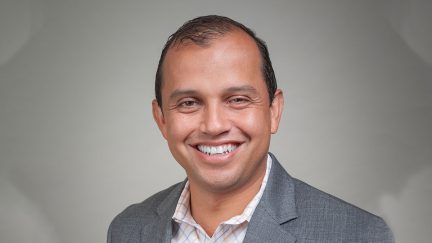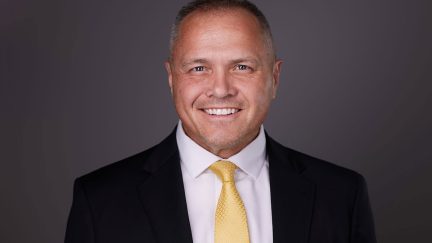Never miss a story — sign up for PLANADVISER newsletters to keep up on the latest retirement plan adviser news.
Retirement Industry People Moves
Strategic Investment Group names client development managing director; PGIM Investments hires VP of Retirement Investment Solutions; SS&C Technologies Holdings acquires Innovest Systems; and more.
Strategic Investment Group Names Client Development Managing Director
Strategic Investment Group has added Valentina Glaviano as a managing director on the Client Development team, reporting to Nikki Kraus, managing director and global head of Client Development.
:We are thrilled to welcome Valentina to our team,” says Brian A. Murdock, president and chief executive officer of Strategic Investment Group. “Valentina is a recognized leader in the asset management industry, bringing with her an impressive track record of over 30 years of experience, with expertise in sales strategy, distribution, marketing and product development.”
Most recently, Glaviano was a director of Outsourced Chief Investment Officer Services at Covariance Capital Management, formerly a subsidiary of TIAA Endowment & Philanthropic Services. Prior to that, she was managing director and head of distribution at Lattice Strategies.
Earlier in her career, she held a number of principal positions at Guggenheim Investments, iShares and Lazard Asset Management.
Glaviano has a bachelor’s in economics from the University of California at Los Angeles and is a certified investment management analyst (CIMA) professional.
PGIM Investments hires VP of Retirement Investment Solutions
PGIM Investments recently hired Jeff Petersen as vice president, Retirement Investment Solutions.
In this role, Petersen will cover the southeastern division of the United States, including Virginia, North Carolina, South Carolina, Georgia, Florida, Tennessee, Alabama, Mississippi and Louisiana. He is based in Atlanta and reports to Tony Fiore, senior vice president, DCIO [defined contribution investment only] national sales manager at PGIM Investments.
Prior to joining PGIM Investments, Petersen was most recently vice president and senior retirement plan strategist for the southeast with Franklin Templeton’s DCIO Division. Prior to Franklin Templeton, he was a regional retirement director at Morgan Stanley Smith Barney, selling qualified plan and non-qualified deferred compensation products.
Petersen earned his bachelor’s degree in economics from Washington & Jefferson College. He has also earned the following designations and licenses: certified financial planner (CFP), certified investment management analyst (CIMA), chartered retirement plan specialist (CRPS), chartered retirement planning counselor (CRPC), accredited investment fiduciary (AIF) and FINRA series 6, 7 and 63 licenses.
SS&C Technologies Holdings Acquires Innovest Systems
SS&C Technologies Holdings Inc. has completed its acquisition of Innovest Systems, a provider of web-based technology systems for trust accounting, payments and unique asset servicing. The acquisition will enable SS&C to broaden its wealth management technology suite. Glenn Schmidt will continue to lead SS&C Innovest as general manager.
“SS&C has a strong track record of investing in innovation that helps wealth managers run their business efficiently and effectively. We are excited to join forces and grow our capacity to deliver the most advanced wealth management solutions,” Schmidt says.
“We are pleased to welcome Innovest’s blue-chip clients, world-class technology and their talented employees,” says Bill Stone, chairman and CEO of SS&C Technologies. “Many of our wealth and retirement clients need unique technology and expertise required to service trusts. This investment underscores our commitment to bring value-added technology and building out our wealth management technology offerings.”
Invesco Selects ETF Head
Invesco has named Anna Paglia as head of exchange-traded funds (ETFs) and indexed strategies, effective June 15.
Paglia will report to Andrew Schlossberg, senior managing director and head of the Americas. She will remain based in the Downers Grove, Illinois, location.
“Anna has been instrumental in building the global scale and breadth of our ETF business, and we are fortunate to have someone with her experience to take our business forward,” says Schlossberg. “I look forward to partnering with her and our global team to explore new opportunities for the continued growth and success of our ETFs and indexed strategies business. As always, we remain committed to providing clients the highest level of insight and support, and we look forward to continuing to provide innovative solutions for clients in our growing business.”
Paglia has served as head of legal for Invesco’s U.S. ETF/UIT business for nearly a decade. She has more than 20 years of experience in the ETF ecosystem.
You Might Also Like:

2025 Top Retirement Plan Adviser: Alvaro Galvis

2025 Top Retirement Plan Adviser: Erik Daley

